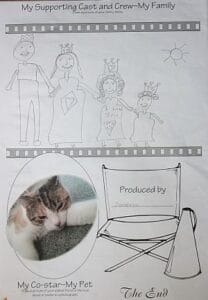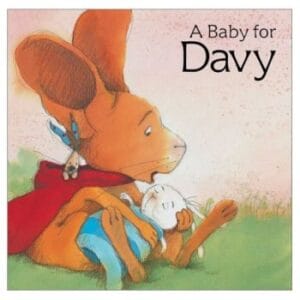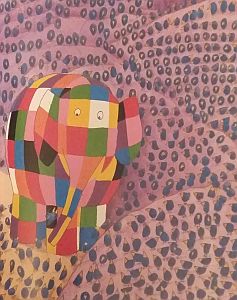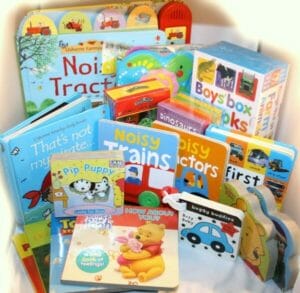Resources of the Week – Alphabet & Visual Literacy

Visual Literacy – Books 1 & 2
The first thing you might ask is, ‘what is visual literacy?’
In brief, we are surrounded by visual texts, such as symbols, images, diagrams and maps. Our children are expected to be able to read and interpret all of these. In order for them to be able to do this successfully, they need to be able to develop their visual literacy.
Do you remember when you were at school? (Even if it was a very long time ago!), and you were asked, what feels like hundreds of questions, about graphs, charts, labelling diagrams, interpreting maps, reading a calendar and so much more?
Well, you were developing your visual literacy.
At school, and in day-to-day life, we come across visual text but when our children are at school, they have to be able to interpret these visual texts in great depth, but why?
We live in a world where images have become a new language that is universally understood and accessible to anyone. We are increasingly being surrounded by visual literacy, the symbols and images are used to communicate a meaning.
A better understanding of visual literacy leads to a better understanding of the world and our surroundings.
These books are a great way of getting your child to develop their visual literacy at home, as well as improve on comprehension and develop higher order thinking.
Each book contains 30 activities, there are lots of illustrations and cover many different subjects. Each text is accompanied by specific activities to develop key aspects of your child’s visual comprehension, along with extension activities to apply these skills.
These books expose children to three discrete types of texts, and ask them to reformulate them in one of three different modes:
- Text to Visual – children read a word text and respond to it in a visual mode. Children will get to produce their own visual texts in the form of Venn diagrams, charts and mind-maps, bar charts and graphs, a timeline and much more.
- Visual to Text – children look at a wide range of diagrams, charts and drawings and respond to them in writing. They get to interpret family trees, compare images, interpret and complete picture stories and much more.
- Visual to Visual – children are presented with maps, tables charts and diagrams, they then respond in a visual mode. They could continue a picture story, show a 3D diagram as a 2D plan and even draw the opposite of an abstract concept.
First-Time Learning – Alphabet
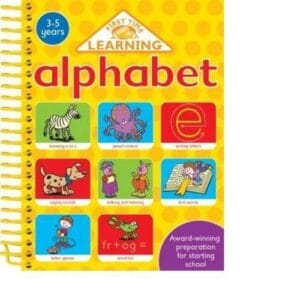 We all want to do our bit before our children start school and give them a head start. I remember my daughter having to go to a nursery from the age of 9 months because I had to go back to work.
We all want to do our bit before our children start school and give them a head start. I remember my daughter having to go to a nursery from the age of 9 months because I had to go back to work.
Although she was very young, I think it really helped her in many ways.
By the time she was about 3 years old, she was writing her own name quite clearly – whether this was to do with the nursery, activities we did at home, or a combination of both, I don’t know, but she was definitely making her mummy and daddy very proud.
One of the books she used and seemed to really enjoy, and later her sister used too, was the First-Time Learning Alphabet. It is a 128 page, spiral-bound book which contains hundreds of key learning activities. It has an array of challenging activities and bold pictures, ideal for use at home.
I used this book in short bursts, along with a mini-white board for extra practise. It is recommended that short bursts are better than long, extended sessions. This book covers the following:
- Knowing A-Z
- Pencil control
- Writing letters
- Saying sounds
- Talking and listening
- First words
- Letter games
- Word fun
When using this book, encourage your child to tell you about what they are doing and you should also ask questions about their work along with providing lots of praise.
Hand-eye co-ordination is very important when it comes to good handwriting and this book is packed full of activities that will enable your child to refine this skill. This starts with drawing straight lines then progressing on to zig-zags and spirals in a fun way.
Each section of the book is colour coded which allows your child to recognise when they have completed and perfected a section. One section leads on to the next so that previous skills are reinforced in the following section.
[irp]
Join our mailing list
Sign up to our Emailing List & Get the Latest Information and Offers on Resources
Thank you for joining !
Something went wrong.

